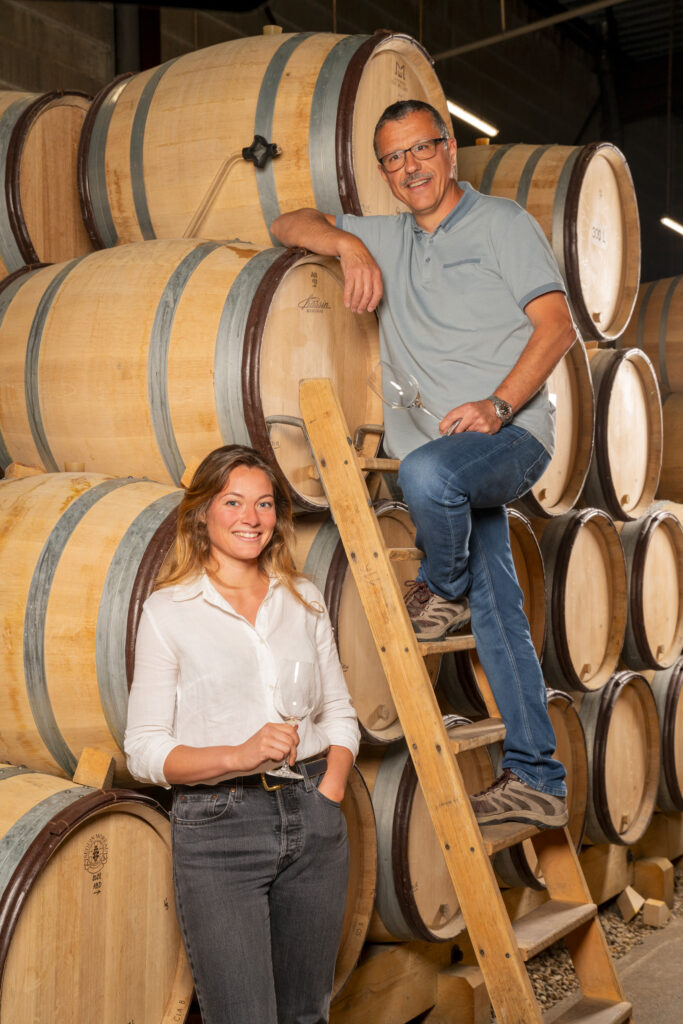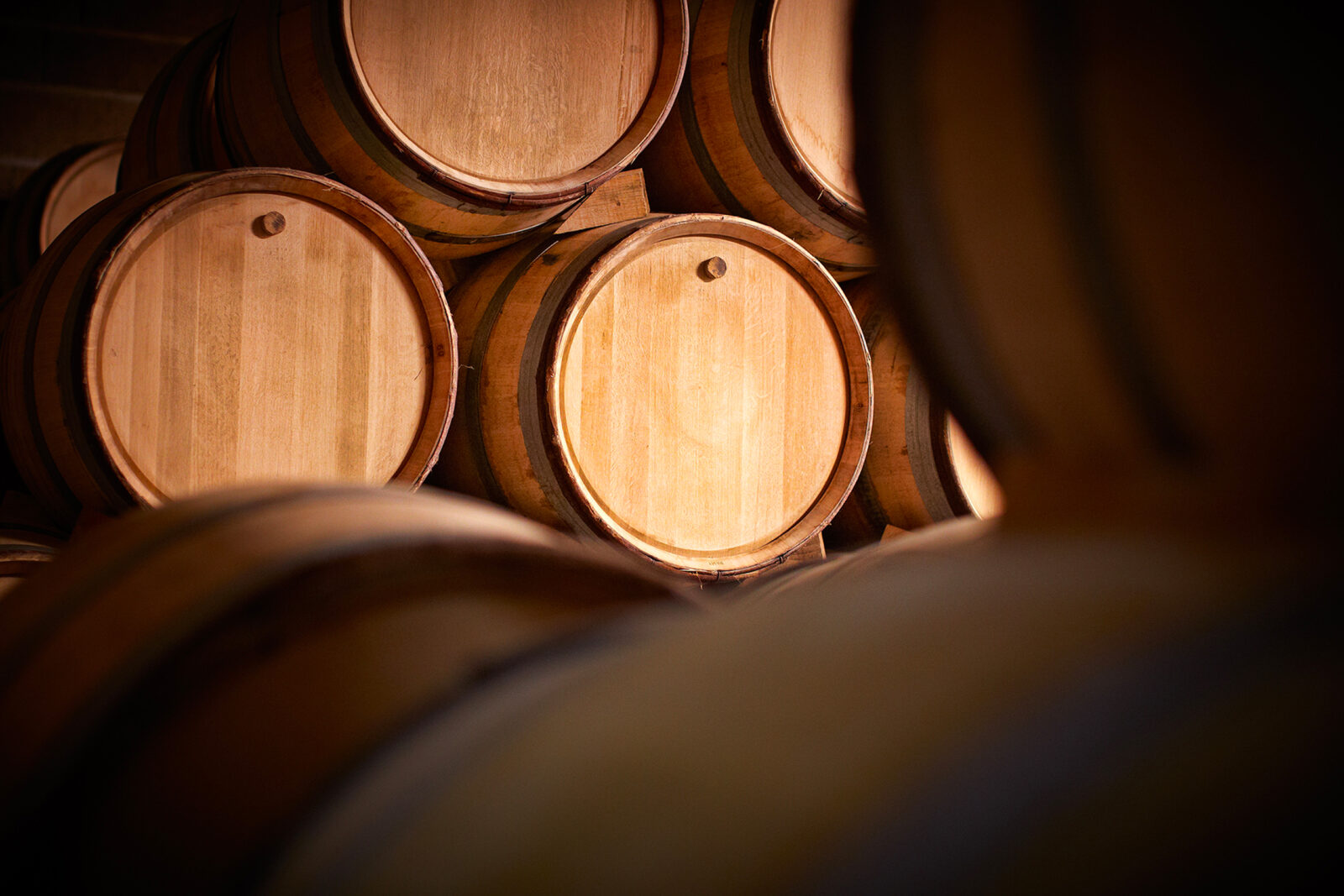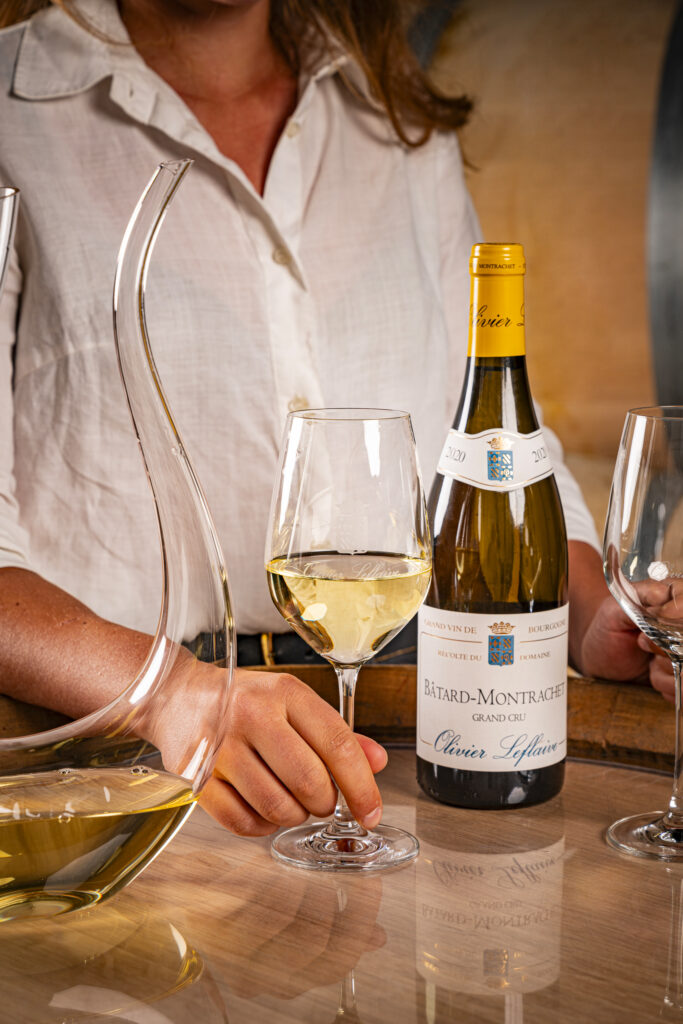
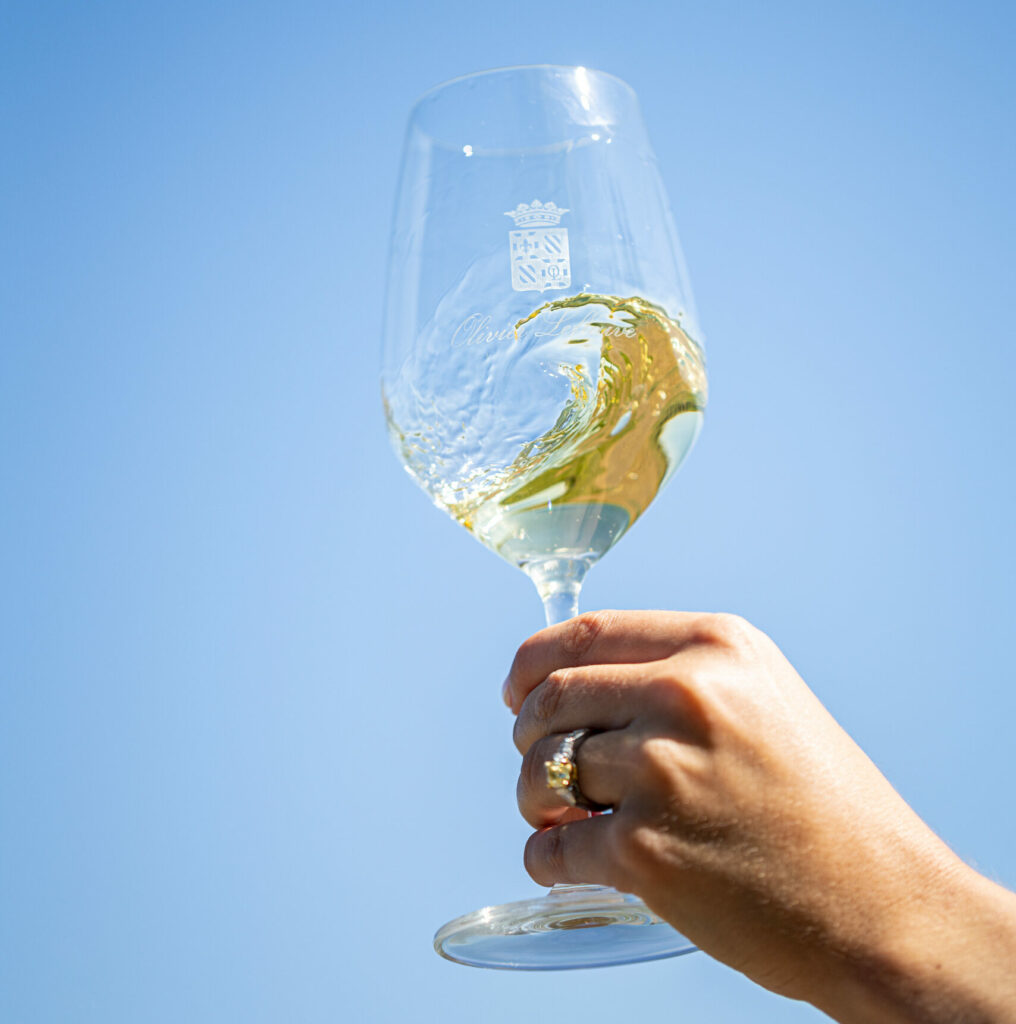
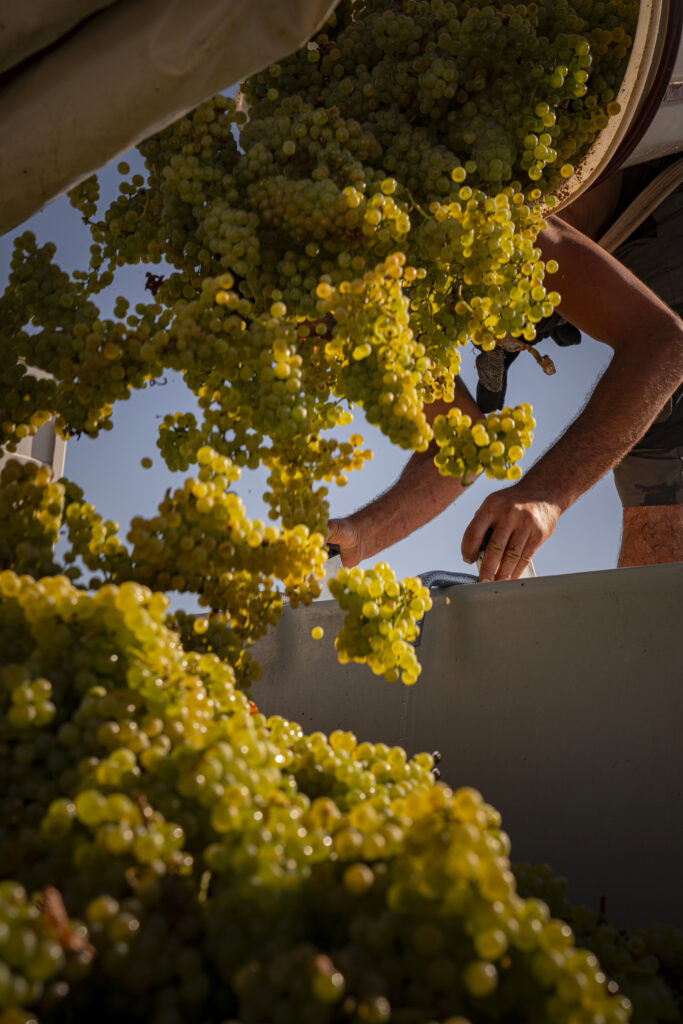
Traditional know-how
The plot-based approach
Here again, it is first the vineyard and then the wine that sets the pace. Before the harvest, the teams make daily visits to all the plots to keep an eye on the vines and obtain quality grapes, which are picked by hand and at optimum ripeness according to each Climat. The Chardonnay is sorted on the vine and the Pinot Noir on the sorting table in the cellar.
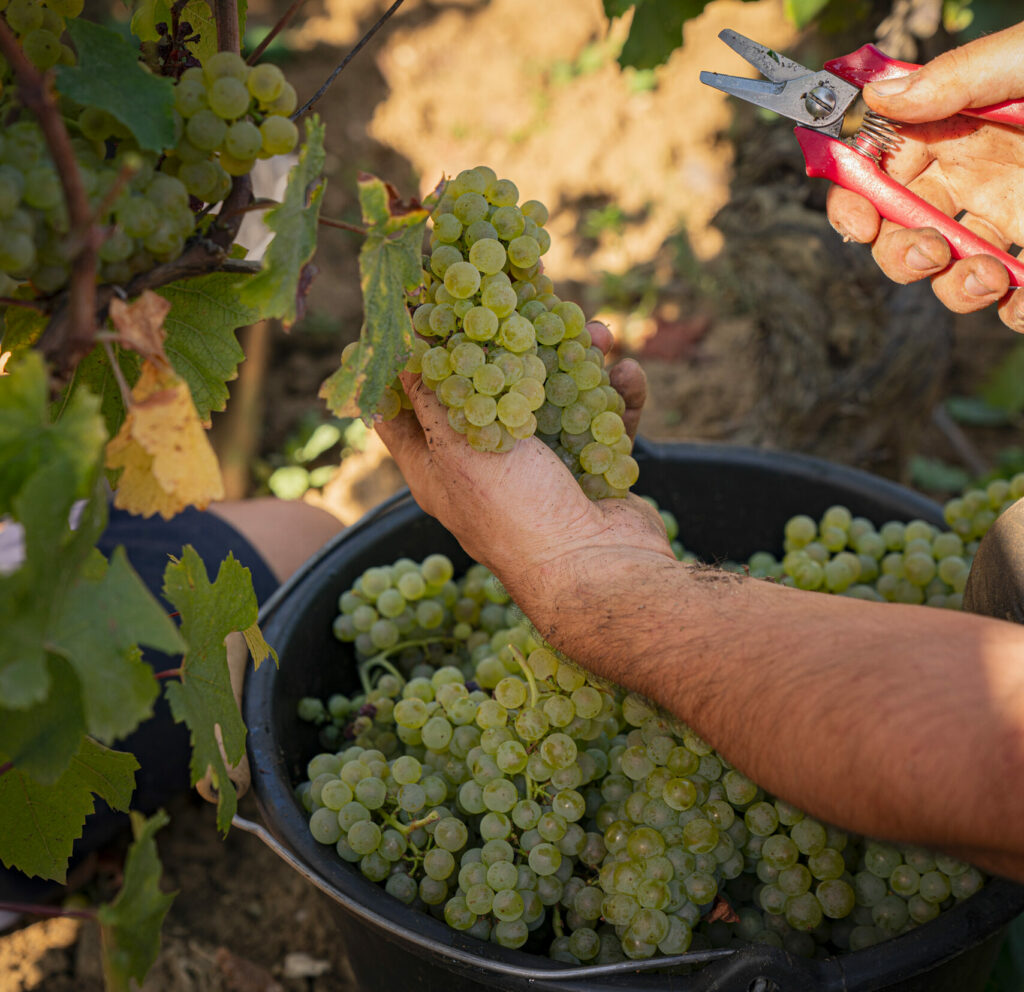
Traditional know-how
The plot-based approach
Here again, it is first the vineyard and then the wine that sets the pace. Before the harvest, the teams make daily visits to all the plots to keep an eye on the vines and obtain quality grapes, which are picked by hand and at optimum ripeness according to each Climat. The Chardonnay is sorted on the vine and the Pinot Noir on the sorting table in the cellar.
The art of vinification
While the plot-based approach is identical for both colours, in the cellar some of the stages involved in making a Grand Vin de Bourgogne are different. The bunches of Chardonnay grapes are pressed directly and gently to extract the juice, which is immediately filled into barrels to start the fermentation and patient ageing process.
The red wines, made from Pinot Noir, require more attention. After being partially destemmed and sorted, depending on the vintage, the grapes are crushed to extract the juice. In addition to cold soaking, there is pumping over and punching down, to keep the cap of skins moist, break it up and push it into the juice, adding structure and colour to the wine.

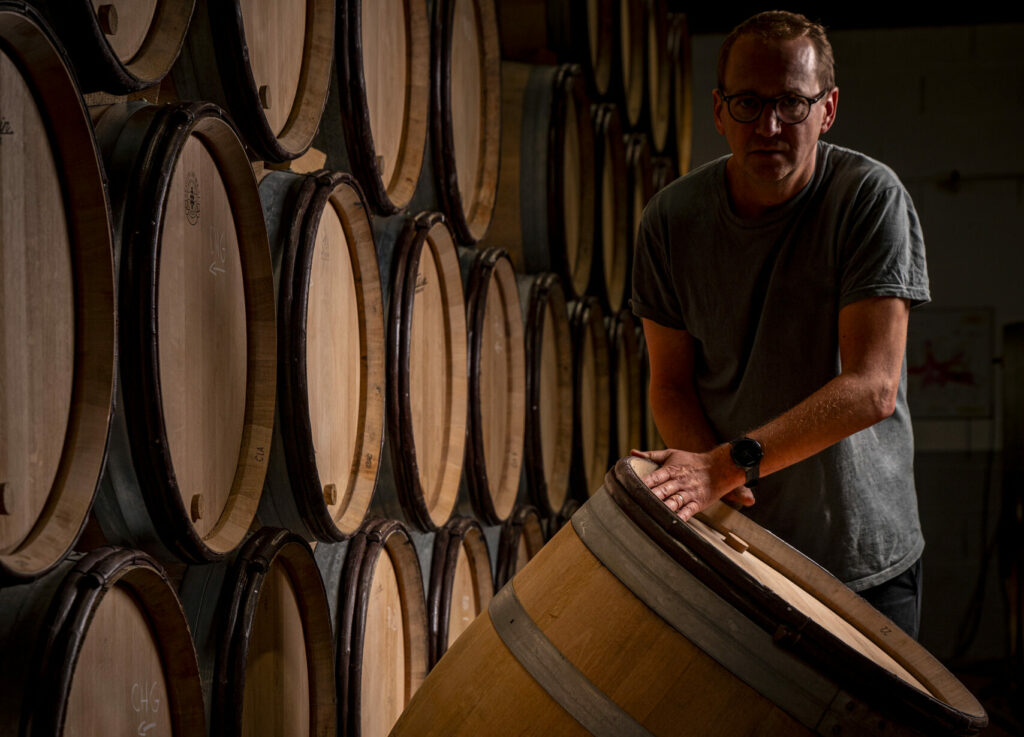
The art of vinification
While the plot-based approach is identical for both colours, in the cellar some of the stages involved in making a Grand Vin de Bourgogne are different. The bunches of Chardonnay grapes are pressed directly and gently to extract the juice, which is immediately filled into barrels to start the fermentation and patient ageing process.
The red wines, made from Pinot Noir, require more attention. After being partially destemmed and sorted, depending on the vintage, the grapes are crushed to extract the juice. In addition to cold soaking, there is pumping over and punching down, to keep the cap of skins moist, break it up and push it into the juice, adding structure and colour to the wine.
Traditional ageing
Olivier Leflaive wines are aged in French oak barrels from the Vosges, Allier and Jura regions.
The House has chosen to work with several coopers in Burgundy, each with its own style and offering a variety of toasts.
It is in these 228/300/350/500 litre barrels, where they spend many months, that the wines start the fermentation process.
Here they rest, grow and express their terroir of origin under the watchful eye of Solène Panigai, Technical Director, and Philippe Grillet, Oenologist.
Thanks to them, each wine is aged individually, with regular tastings every day, and decisions are taken on a case-by-case basis.
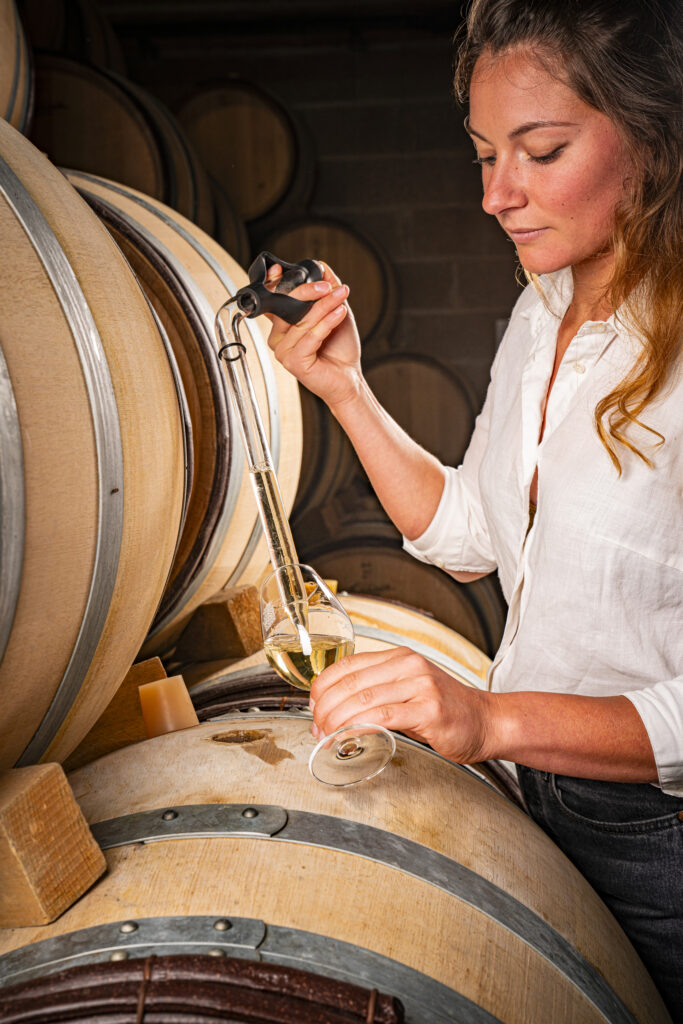
Traditional ageing
Olivier Leflaive wines are aged in French oak barrels from the Vosges, Allier and Jura regions.
The House has chosen to work with several coopers in Burgundy, each with its own style and offering a variety of toasts.
It is in these 228/300/350/500 litre barrels, where they spend many months, that the wines start the fermentation process.
Here they rest, grow and express their terroir of origin under the watchful eye of Solène Panigai, Technical Director, and Philippe Grillet, Oenologist.
Thanks to them, each wine is aged individually, with regular tastings every day, and decisions are taken on a case-by-case basis.
More than a name, a signature
In the cellar, throughout the winemaking process, the small team who make Olivier Leflaive wines are careful to ensure that the quality is truly consistent. This meticulous work, in close contact with the grapes and wines, is carried out with precision at every stage.
Respecting each terroir, and also each vintage, is a point of honour. All the plots are kept in separate batches. This means that each plot can be tasted separately and the winemaking choices can be adapted throughout the year.
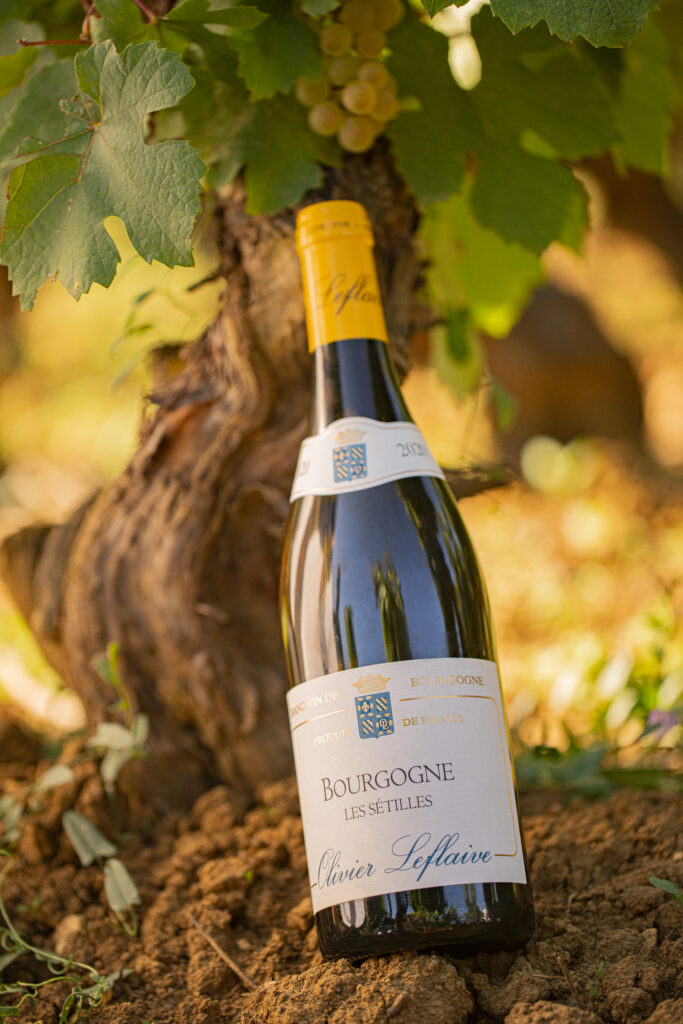
Remaining true to the terroir
The winegrowing philosophy at Olivier Leflaive is totally inseparable from the concept of terroir.
Whether it’s a village appellation or a Grand Cru, it all starts with a plot.
And it is with the same demand for quality, the same quest for finesse and elegance, that each of the wines is created.

Remaining true to the terroir
The winegrowing philosophy at Olivier Leflaive is totally inseparable from the concept of terroir.
Whether it’s a village appellation or a Grand Cru, it all starts with a plot.
And it is with the same demand for quality, the same quest for finesse and elegance, that each of the wines is created.
